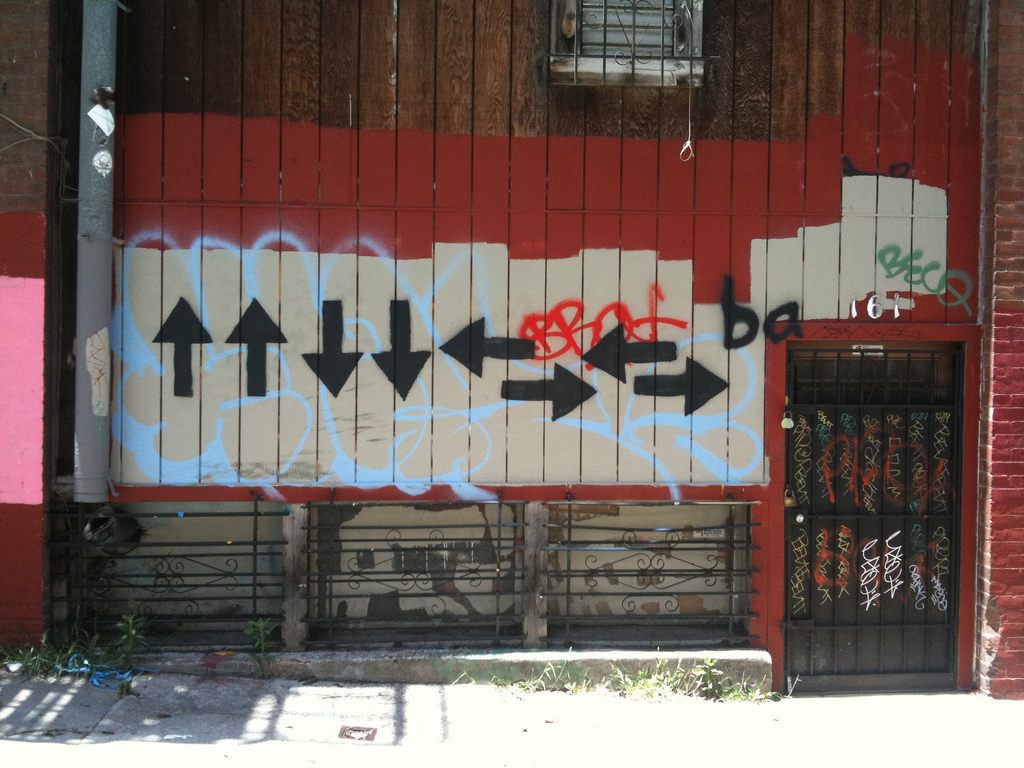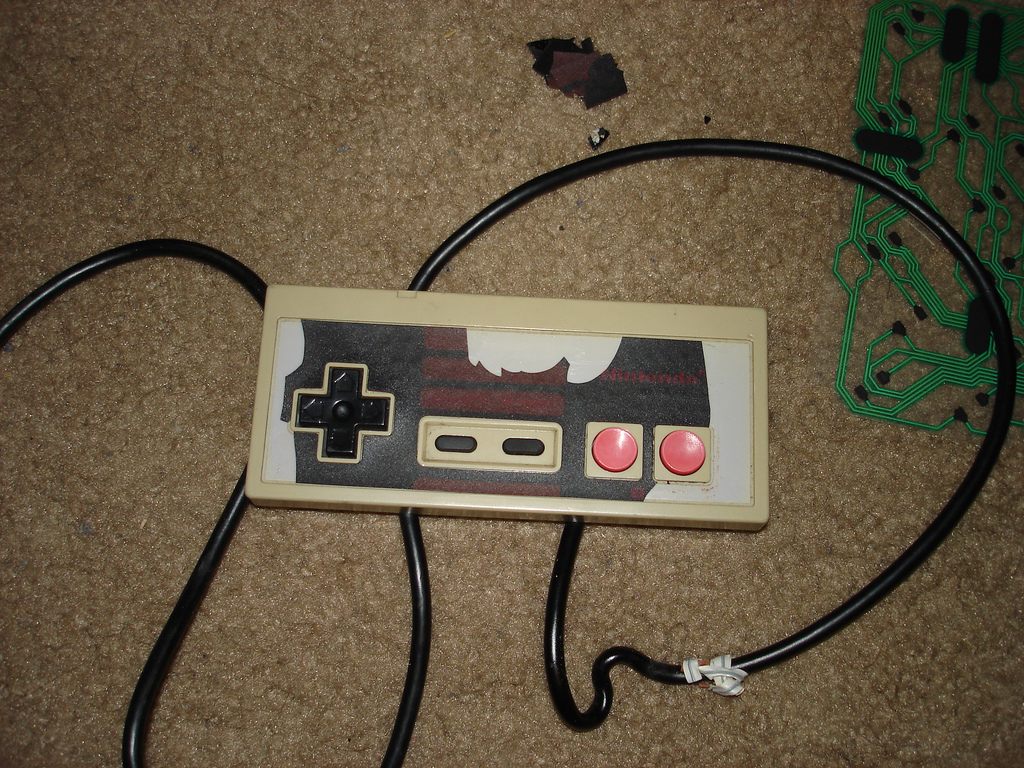Cheating Wonders: A Brief History of the Konami Code

(Photo: El Payo/Flickr)
UP, UP, DOWN, DOWN, LEFT, RIGHT, LEFT, RIGHT, B, A, START.
Some of us could push those buttons on a video game controller in our sleep, just from muscle memory. But what’s most amazing about the Konami Code is its staying power: In the world of game cheats, the sequence is still king. Decades after its invention, variations on this directive still unlock secrets all over the internet.
It was originally designed to be input via the classic Nintendo Entertainment System (NES) controller which only had a directional pad, “A” and “B” buttons, with Start and Select buttons in between. Given the simplicity of the controller itself, the cheat code had to be a repetition of the available buttons, and the hypnotically rhythmic cadence of the Konami Code is part of its lasting charm.
But what did it do? It saved lives.
The code first appeared in the NES version of game developer Konami’s classic space-shooter Gradius in 1986. The developer who was converting the game from its arcade version to the console version, Kazuhisa Hashimoto, couldn’t actually beat the game because it was too hard, so he created what would come to be known as the Konami Code, to give himself a cheat that tricked out his little ship with all the game’s power-ups. As the story goes, he simply forgot to take it out of the code before the NES version was released.

(Photo: Kevin Simpson/Flickr)
Hashimoto’s code would go on to be included in each subsequent Gradius sequel and franchise expansion, but it was the code’s inclusion in the 1988 NES version of ultra-macho shoot-em-up Contra that solidified its place in the cultural consciousness. Contra, another arcade port from Konami, was a notoriously hard action game where one stray bullet could end your game, and while this is a blockbuster idea for getting kids to dump quarters into an arcade machine, it could be a bit of a downer when playing it at home. Luckily someone had included the Konami Code in the NES version, and when correctly keyed in, it would instantly give players 30 lives. The game became one the iconic releases of the original NES, and its fame carried over to the Konami Code cheat which was also sometimes known as the “Contra Code” or the “30 Lives Code.”
The code would go on to be included in all of Contra’s sequels in addition to dozens of other Konami releases, including games in the Castlevania, Teenage Mutant Ninja Turtles, and Dance Dance Revolution franchises. The Konami Code, or some variation of it, has now been included as a secret cheat code in hundreds of video games from a number of different publishers across just about every game platform from PCs to Playstation 4s. As video games moved away from the concept of limited lives, the effect of the Konami Code also evolved. Differing from game to game, today the code can sometimes unlock extra features or challenge modes (Bioshock Infinite), sometimes it gives out infinite ammo (Resident Evil 2), and sometimes it just unlocks some goofy secret screen (Adventure Time: Hey Ice King! Why’d You Steal Our Garbage?!). It’s really the cheat that keeps on giving.

(Screenshot by Eric Grundhauser)
Nostalgic love for the Konami Code has even brought the code from the world of video games to the internet at large, as inputting the code on certain sites will trigger all manner of weird cheat. Go to the Buzzfeed homepage and type in the code to transform the entire site into news of a much more important nature. Enter the code on some of Conde Nast’s British publication sites (vogue.co.uk, gq-magazine.co.uk, wired.co.uk) to receive a special visit from a bizarrely dapper visitor. Even Digg transforms into a totally new site with the use of the Konami Code (be sure to wear headphones).
In terms of long-lasting appeal and cultural impact, the Konami Code may be the single most popular cheat of all time. It didn’t just reward us all with 30 lives, it’s given us almost 30 years of easter eggs and secrets. UP, UP, DOWN, DOWN, LEFT, RIGHT, LEFT, RIGHT, B, A, START. Hopefully we just got 30 more.







Follow us on Twitter to get the latest on the world's hidden wonders.
Like us on Facebook to get the latest on the world's hidden wonders.
Follow us on Twitter Like us on Facebook